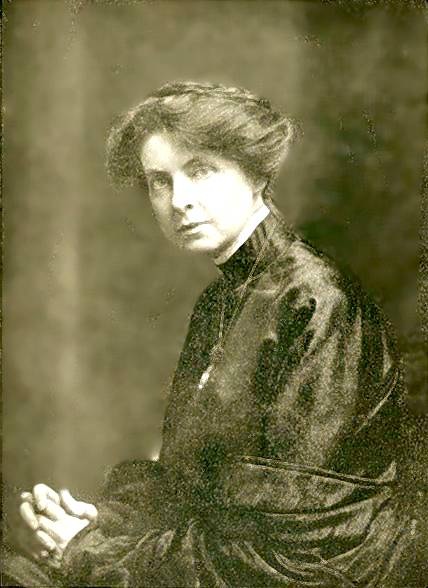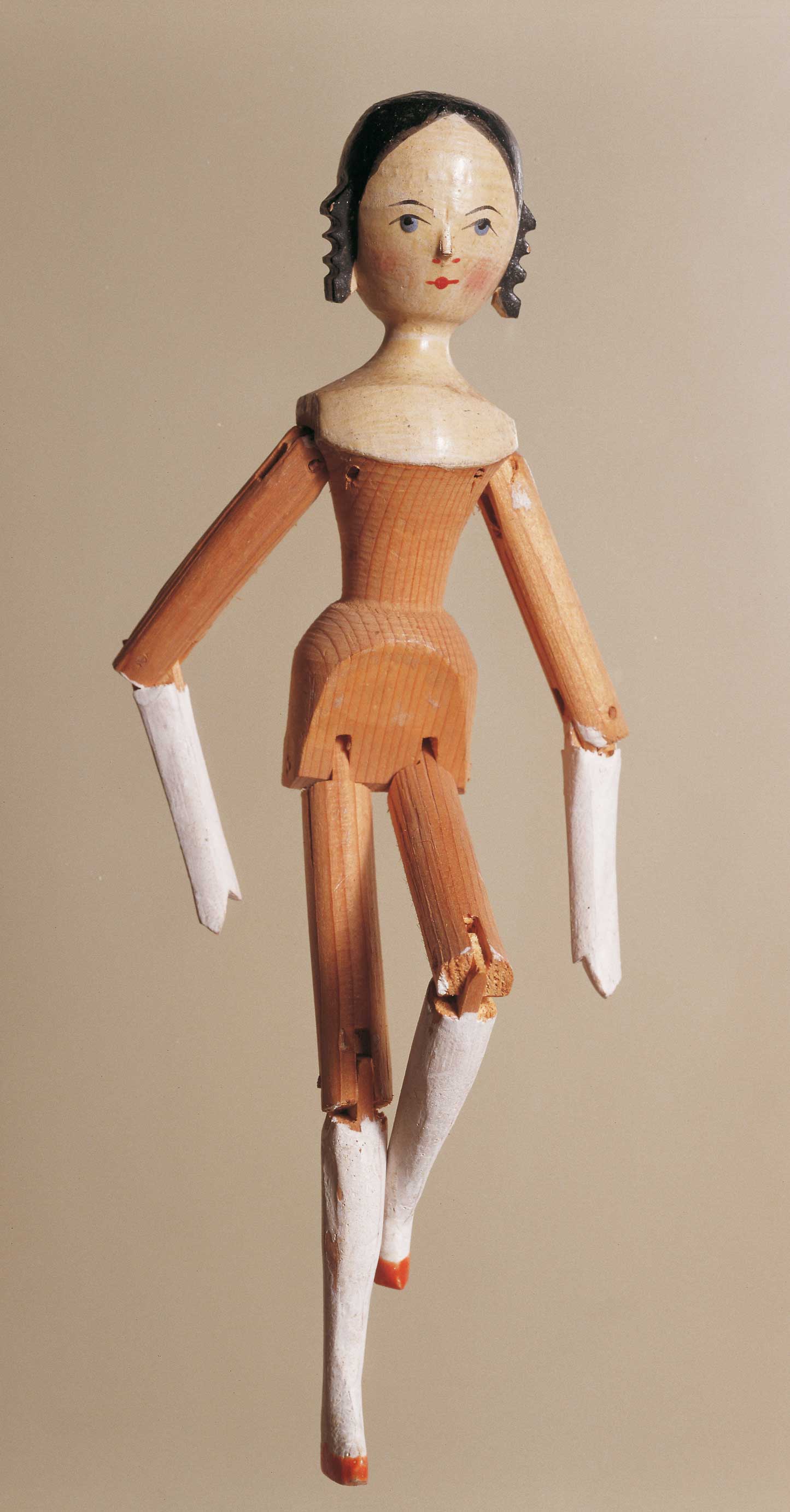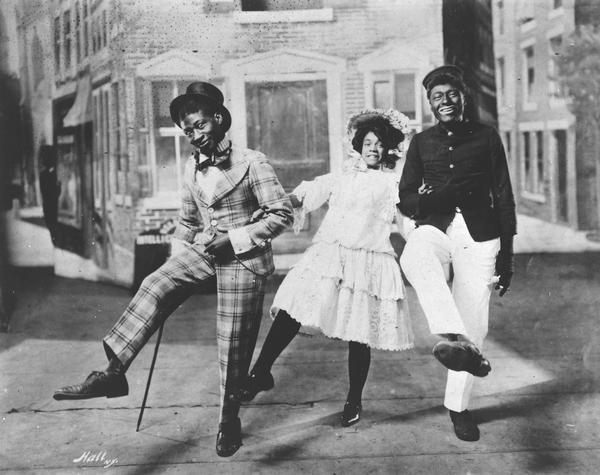|
Golliwog
The golliwog, also spelled golliwogg or shortened to golly, is a doll-like character – created by cartoonist and author Florence Kate Upton – that appeared in children's books in the late 19th century, usually depicted as a type of rag doll. It was reproduced, both by commercial and hobby toy-makers, as a children's toy called the "golliwog", a portmanteau of ''golly'' and ''polliwog'', and had great popularity in the UK and Australia into the 1970s. The doll is characterised by jet black skin, eyes rimmed in white, exaggerated red lips and frizzy hair, a blackface minstrel tradition. Today the word is regarded as a racial slur towards black people. Though home-made golliwogs were sometimes female, the golliwog was generally male. For this reason, in the period following World War II, the golliwog was seen as a suitable soft toy for a young boy, akin to a teddy bear or a sock monkey. Golliwogs were collected throughout the Caribbean Islands. While some people see the ... [...More Info...] [...Related Items...] OR: [Wikipedia] [Google] [Baidu] |
Florence Kate Upton
Florence Kate Upton (22 February 1873 – 16 October 1922) was an American-born English cartoonist and author most famous for creating the Golliwog character, featured in a series of children's books. Early life Upton was born in Flushing, New York, to British parents who had immigrated recently. She was the second of four children in a creative and slightly eccentric household. Florence's father, Thomas Harborough Upton, worked as a confidential clerk at the American Exchange Bank in New York. In 1884, the family moved from Flushing to central Manhattan, which was more convenient for her father's daily journey to his office. The National Academy of Design, located near the new home, offered free instruction to anyone who could qualify. This prompted her father to enroll in evening classes and Florence, at 15 years old, joined him for the beginning of her formal art training. Early career In June 1889 the family was placed in financial difficulty by the sudden death of Thoma ... [...More Info...] [...Related Items...] OR: [Wikipedia] [Google] [Baidu] |
Robertson's
Robertson's is a British brand of marmalades and fruit preserves that was founded by James Robertson in 1864. The firm was run as a partnership until 1903, when it was incorporated as a limited company - James Robertson & Sons, Preserve Manufacturers, Limited. It produces the "Golden Shred" marmalade, a recipe created in 1874 and registered as a trademark in 1886, among other products. Robertson's received their first Royal Warrant from King George V in 1933. History James Robertson of Paisley, Renfrewshire, Scotland was born on 16 January 1832 in Niddry Street, Paisley. He started life working in the local thread mills at the age of eight. During a long down turn in the silk trade, in 1847 Robertson's parents decided to apprentice him to a local grocer, Gibson & Craig, wine spirit and tea merchants at 107 High Street in Paisley. This redefined James' future. Only at this late stage did he learn to read and write: attending night classes at Seedhill School.Made in Scotland, Caro ... [...More Info...] [...Related Items...] OR: [Wikipedia] [Google] [Baidu] |
Children's Corner
''Children's Corner'', L. 113, is a six-movement suite for solo piano by Claude Debussy. It was published by Durand in 1908, and was first performed by Harold Bauer in Paris on 18 December that year. In 1911, an orchestration by André Caplet was premiered and subsequently published. History Debussy composed ''Children's Corner'' between 1906 and 1908. He dedicated the suite to his daughter, Claude-Emma (known as "Chou-Chou"), who was born on 30 October 1905 in Paris. She is described as a lively and friendly child who was adored by her father. She was three years old when he dedicated the suite to her in 1908. The dedication reads: "A ma chère petite Chouchou, avec les tendres excuses de son Père pour ce qui va suivre. C. D." (To my dear little Chouchou, with tender apologies from her father for what follows). The suite was published by Durand in 1908, and was given its world première in Paris by Harold Bauer on 18 December that year. In 1911, an orchestration of the work ... [...More Info...] [...Related Items...] OR: [Wikipedia] [Google] [Baidu] |
Blackface
Blackface is a form of theatrical makeup used predominantly by non-Black people, Black people to portray a caricature of a Black person. In the United States, the practice became common during the 19th century and contributed to the spread of Ethnic stereotype, racial stereotypes such as the "happy-go-lucky List of ethnic slurs#D, darky on the plantation" or the "dandy, dandified List of ethnic slurs#Coon, coon". By the middle of the century, blackface minstrel shows had become a distinctive American artform, translating formal works such as opera into popular terms for a general audience. Early in the 20th century, blackface branched off from the minstrel show and became a form in its own right. In the United States, blackface declined in popularity beginning in the 1940s and into the civil rights movement of the 1950s and 1960s,Clark, Alexis.How the History of Blackface Is Rooted in Racism. ''History''. A&E Television Networks, LLC. 2019. and was generally considered highly of ... [...More Info...] [...Related Items...] OR: [Wikipedia] [Google] [Baidu] |
Stereotypes Of African Americans
Stereotypes of African Americans are misleading beliefs about the culture of people of African descent who reside in the United States, largely connected to the racism and discrimination which African Americans are subjected to. These beliefs date back to the slavery of black people during the colonial era and they have evolved within American society. The first major displays of stereotypes of African Americans were minstrel shows, beginning in the nineteenth century, they used White actors who were dressed in blackface and attire which was supposedly worn by African-Americans in order to lampoon and disparage blacks. Some nineteenth century stereotypes, such as the sambo, are now considered to be derogatory and racist. The "Mandingo" and "Jezebel" stereotypes sexualizes African-Americans as hypersexual. The Mammy archetype depicts a motherly black woman who is dedicated to her role working for a white family, a stereotype which dates back to Southern plantations. ... [...More Info...] [...Related Items...] OR: [Wikipedia] [Google] [Baidu] |
Dutch Doll
Peg wooden dolls, also known as Dutch dolls (), are a type of wooden doll from Germany. They originated as simple lathe-turned dolls from the Val Gardena in the Alps. The name Pennywoods is also used for dolls of this type, in particular those made in the United States. These dolls were sold undressed. Children would then make their clothing from scraps of fabric. Other similarly-constructed wooden dolls, using a jointing technique where the arms and/or legs are attached to the body with pegs, are some of the oldest surviving dolls, and were made worldwide. Sometimes a peg wooden doll's arms or legs are locked together by the jointing system, so if one arm is moved the other will move. An advanced form of peg joints is where the body pegs are "split" and attached separately allowing independent movement. ''Tuck comb dolls'' are a special style of peg wooden doll, named for their carved hair comb. The head and body are turned as one piece. The hair is usually painted with curled fr ... [...More Info...] [...Related Items...] OR: [Wikipedia] [Google] [Baidu] |
Cakewalk
The cakewalk was a dance developed from the "prize walks" (dance contests with a cake awarded as the prize) held in the mid-19th century, generally at get-togethers on Black slave plantations before and after emancipation in the Southern United States. Alternative names for the original form of the dance were "chalkline-walk", and the "walk-around". It was originally a processional partner dance danced with comical formality, and may have developed as a subtle mockery of the mannered dances of white slaveholders. Following an exhibition of the cakewalk at the 1876 Centennial Exposition in Philadelphia, the cakewalk was adopted by performers in minstrel shows, where it was danced exclusively by men until the 1890s. At that point, Broadway shows featuring women began to include cakewalks, and grotesque dances became very popular across the country.. The fluid and graceful steps of the dance may have given rise to the colloquialism that something accomplished with ease is a "cak ... [...More Info...] [...Related Items...] OR: [Wikipedia] [Google] [Baidu] |
Pickaninnies
Pickaninny (also picaninny, piccaninny or pickinninie) is a pidgin word for a small child, possibly derived from the Portuguese language, Portuguese ('boy, child, very small, tiny'). In North America, ''pickaninny'' is a racial slur for African American children. It can also refer to a derogatory caricature of a dark-skinned child of Ethnic groups of Africa, African descent. Origins and usage The origins of the word ''pickaninny'' are disputed; it may derive from the Portuguese term for a small child, . ''Pickaninny'' (along with its alternative spellings ''picaninny'' and ''piccaninny'') was used in the seventeenth century to mean any child of African descent. It aquired a pejorative connotation by the nineteenth century and was used for black children in the United States and Britain, as well as aboriginal children of the Americas, Australia, and New Zealand. Pidgin languages The term ''piccanin'', derived from the Portuguese , has along with several variants become widel ... [...More Info...] [...Related Items...] OR: [Wikipedia] [Google] [Baidu] |
Australia
Australia, officially the Commonwealth of Australia, is a sovereign ''Sovereign'' is a title which can be applied to the highest leader in various categories. The word is borrowed from Old French , which is ultimately derived from the Latin , meaning 'above'. The roles of a sovereign vary from monarch, ruler or ... country comprising the mainland of the Australian continent, the island of Tasmania, and numerous smaller islands. With an area of , Australia is the largest country by area in Oceania and the world's sixth-largest country. Australia is the oldest, flattest, and driest inhabited continent, with the least fertile soils. It is a megadiverse country, and its size gives it a wide variety of landscapes and climates, with deserts in the centre, tropical Forests of Australia, rainforests in the north-east, and List of mountains in Australia, mountain ranges in the south-east. The ancestors of Aboriginal Australians began arriving from south east Asia approx ... [...More Info...] [...Related Items...] OR: [Wikipedia] [Google] [Baidu] |
Portmanteau
A portmanteau word, or portmanteau (, ) is a blend of wordsGarner's Modern American Usage , p. 644. in which parts of multiple words are combined into a new word, as in ''smog'', coined by blending ''smoke'' and ''fog'', or ''motel'', from ''motor'' and ''hotel''. In , a portmanteau is a single morph that is analyzed as representing two (or more) underlying s. When portmanteaus shorte ... [...More Info...] [...Related Items...] OR: [Wikipedia] [Google] [Baidu] |








